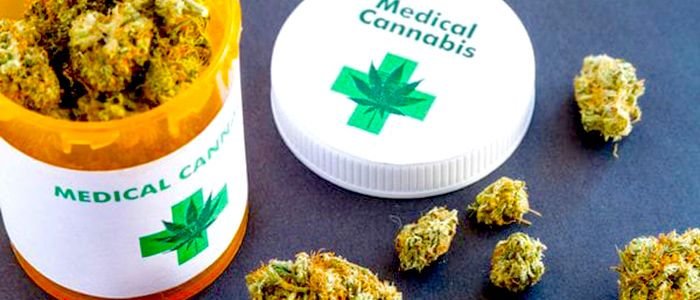As the number of states that have legalized medical cannabinoids Melbourne continues to grow, more and more people are turning to this alternative form of treatment.
Medical cannabinoids Melbourne is made from cannabis plants, and they contain two main components called cannabidiol (CBD) and tetrahydrocannabinol (THC).
Both compounds offer medical benefits and can be used in many different ways, but it’s important to understand how each one works so you can choose the one that’s right for your symptoms or condition.
What are cannabinoids and what do they do in the body?
Medical cannabinoids Melbourne are chemicals in the cannabis plant that produce a variety of pharmacological effects, so they’re classified as marijuana’s active ingredients. To be specific, there are three groups of cannabinoids in marijuana plants: THC, cannabidiol (CBD), and cannabinol (CBN).

These compounds act as either inhibitors or activators of certain neurotransmitters. Your body is wired to respond to all sorts of environmental stimuli. For example, you may feel hungry if you see an appetizing picture or if someone tells you about a delicious food.
How medical cannabinoids work to treat various conditions
For centuries, people have been using cannabis for medicinal purposes. Yet not until recently has the spotlight been directed on how marijuana works in our bodies.
These compounds can work to soothe inflammation, manage pain, reduce nausea, relieve anxiety—there’s a strong case for why Medical cannabinoids Melbourne could be used as an alternative or in tandem with traditional Western medicine.
It is worth noting that not all of these conditions are life-threatening.
The benefits of using medical cannabinoids over other treatments
The medical efficacy of cannabinoids lies in their ability to modulate communication within the central nervous system, peripheral nervous system, and the endocannabinoid system itself.
This enables medical cannabinoids to be an effective treatment for a multitude of conditions including chronic pain, cancer-related symptoms, sleep disorders, nausea/vomiting resulting from chemotherapy treatment.
Also, glaucoma-induced optic nerve damage, motor skill impairment side effects related to Parkinson’s disease or Multiple Sclerosis (MS), PTSD or anxiety disorders.
Debunking common myths about medical cannabinoids
Most people know cannabis is often used for recreational purposes, but these days a lot of research is going into the medicinal benefits of cannabinoids. Cannabis works by activating receptors in our body known as cannabinoid receptors.

The two most important are CB1, found mainly in the brain, central nervous system and peripheral nervous system; and CB2, which can be found mainly in the immune system.
There are conditions where it’s prescribed to those with cancer or AIDS because this chemical can help make their lives more bearable.
How to get started using medical cannabinoids
In the cannabis plant, there are many cannabinoids (active chemical compounds) that have been studied for their medical properties.
CBD is one of these cannabinoids that has been gaining a lot of attention lately for its powerful healing effects on chronic pain, epileptic seizures, skin conditions like acne or psoriasis, mental health disorders like depression and anxiety, antibiotic-resistant infections like Lyme disease or bacterial vaginosis, epilepsy or neurodegenerative diseases like Alzheimer’s disease.





